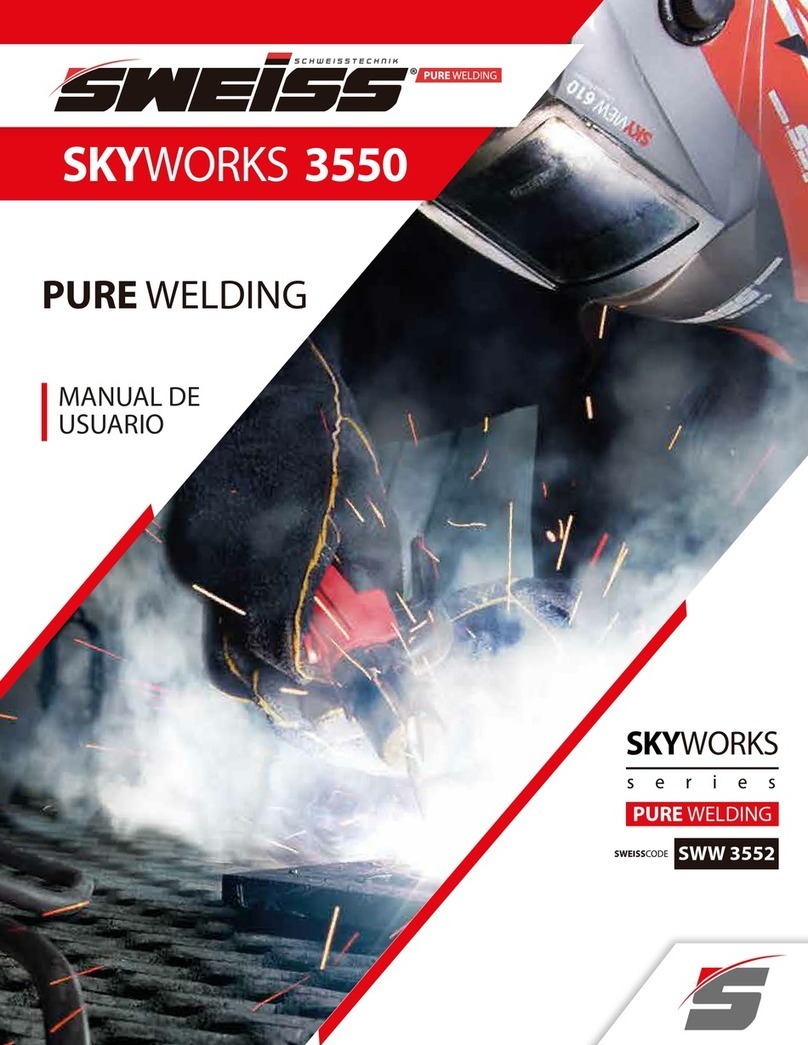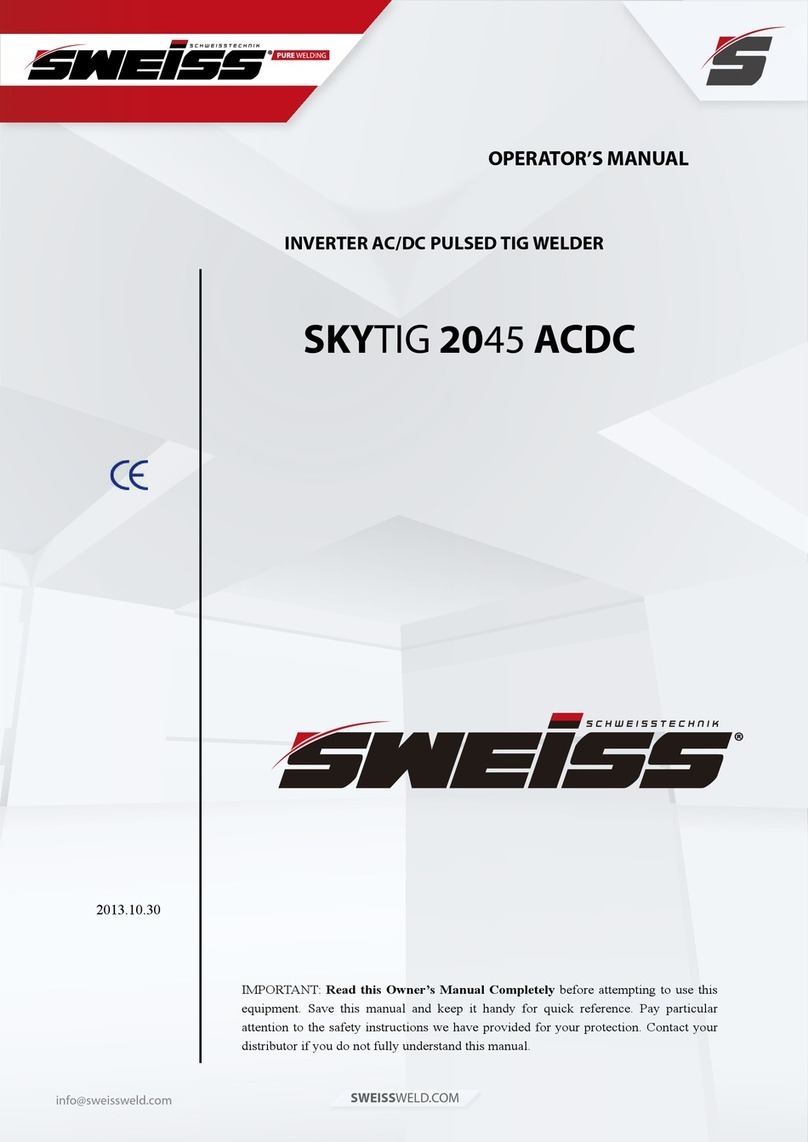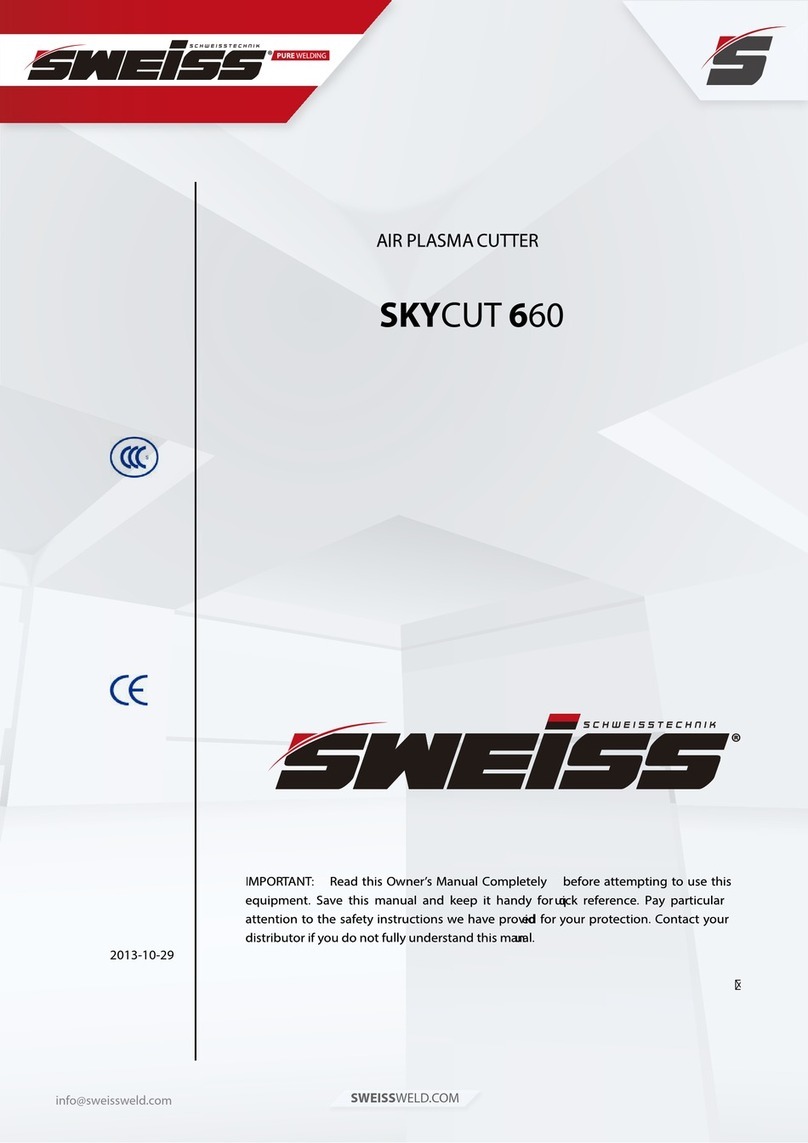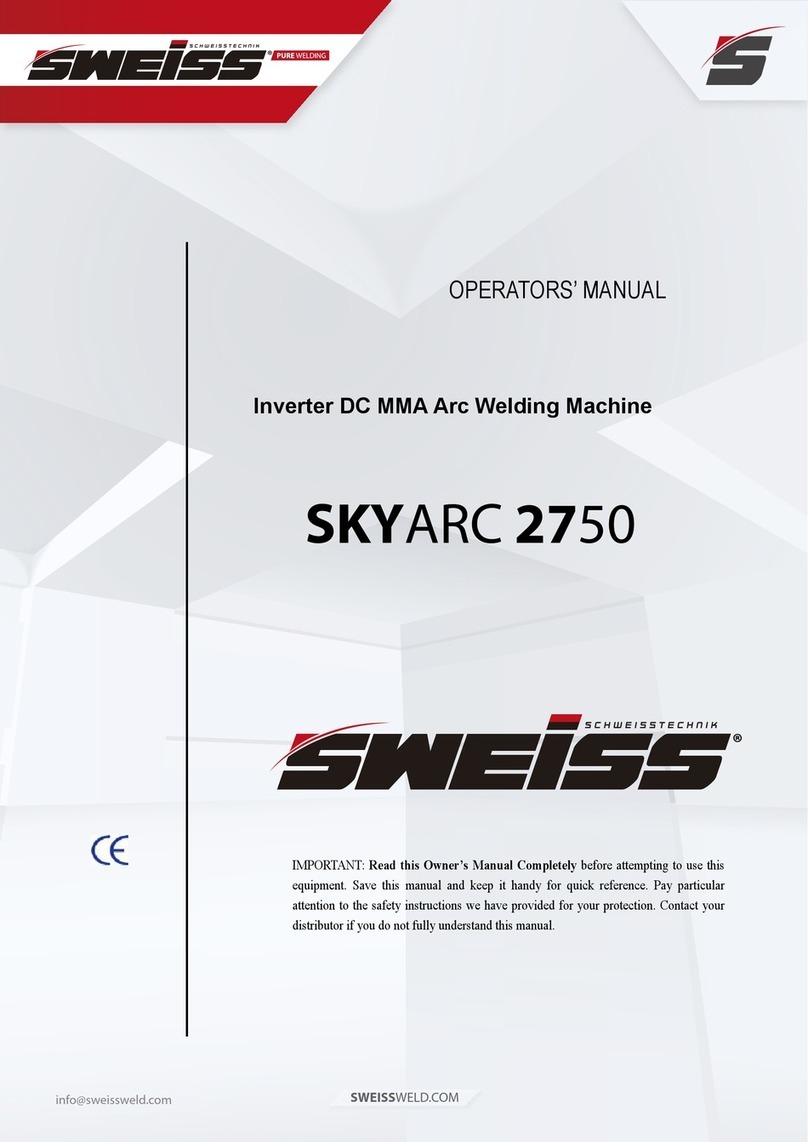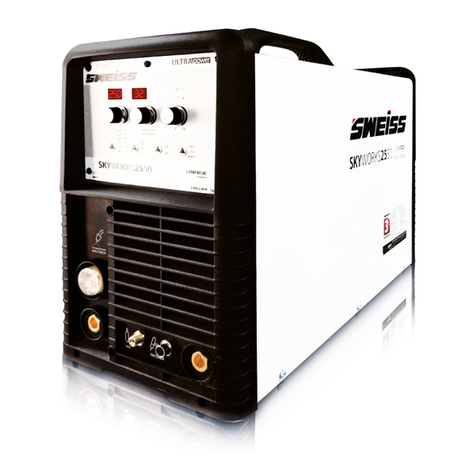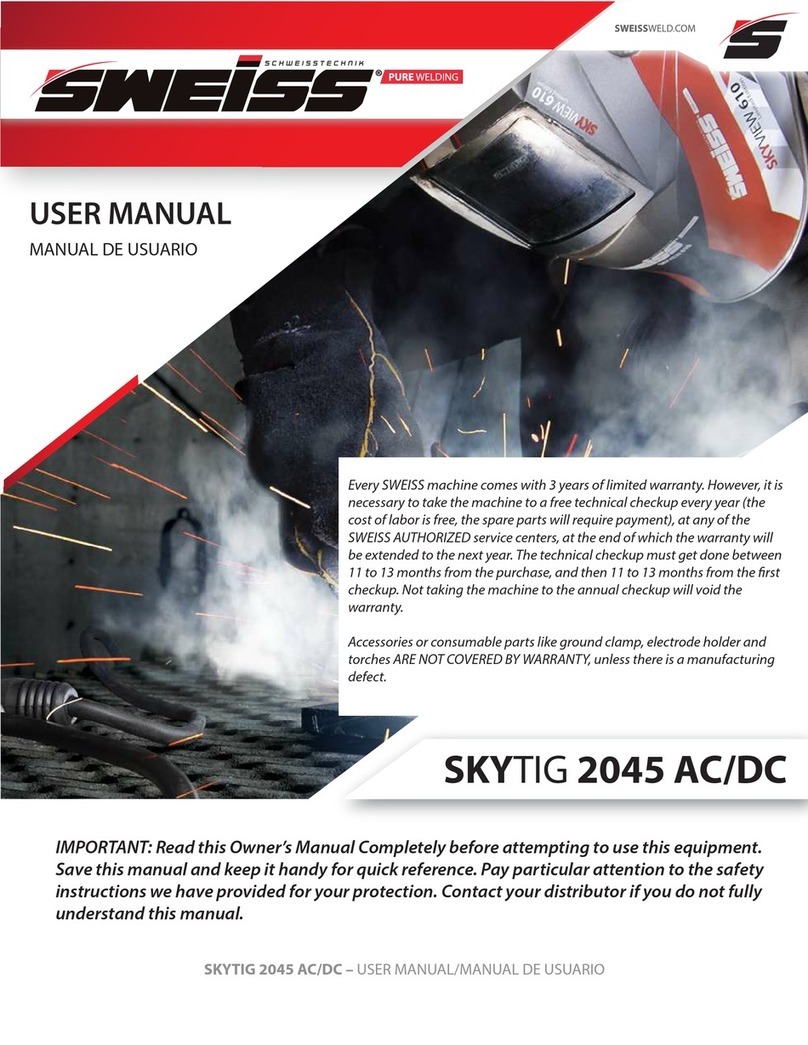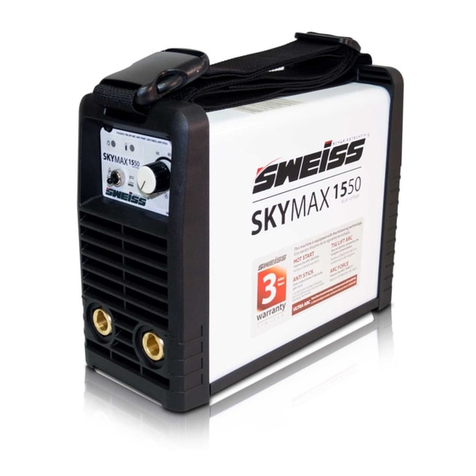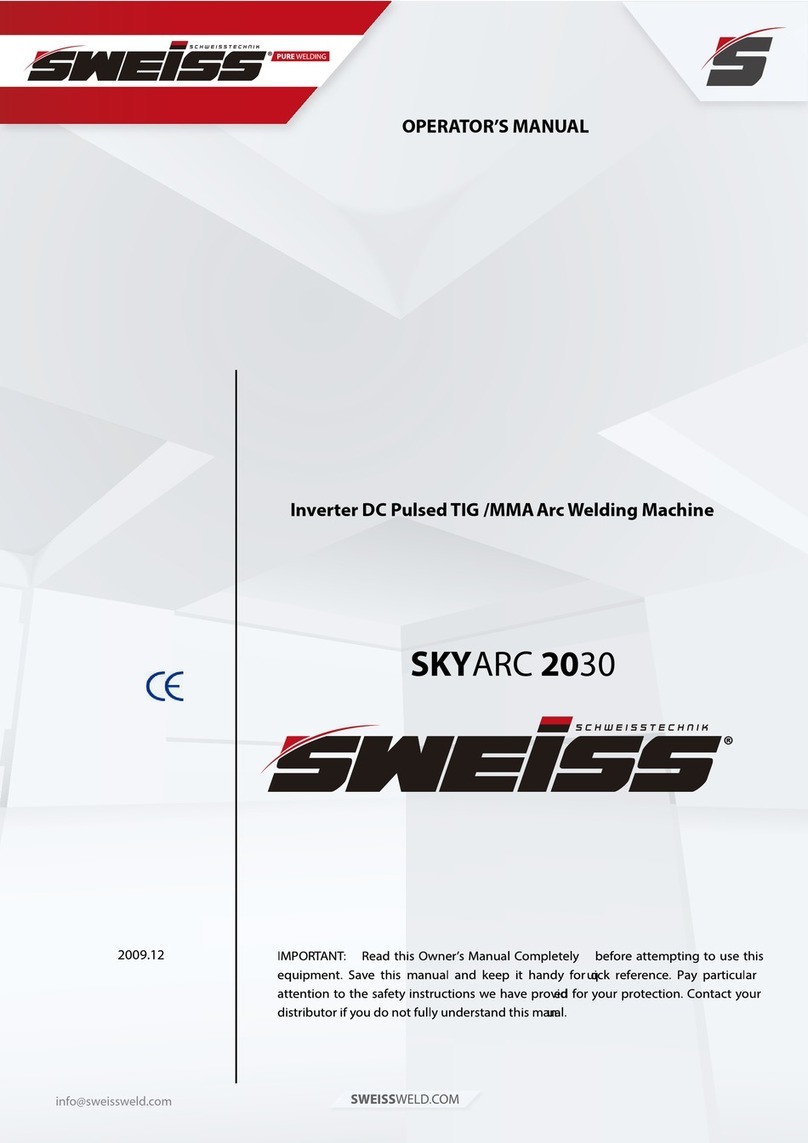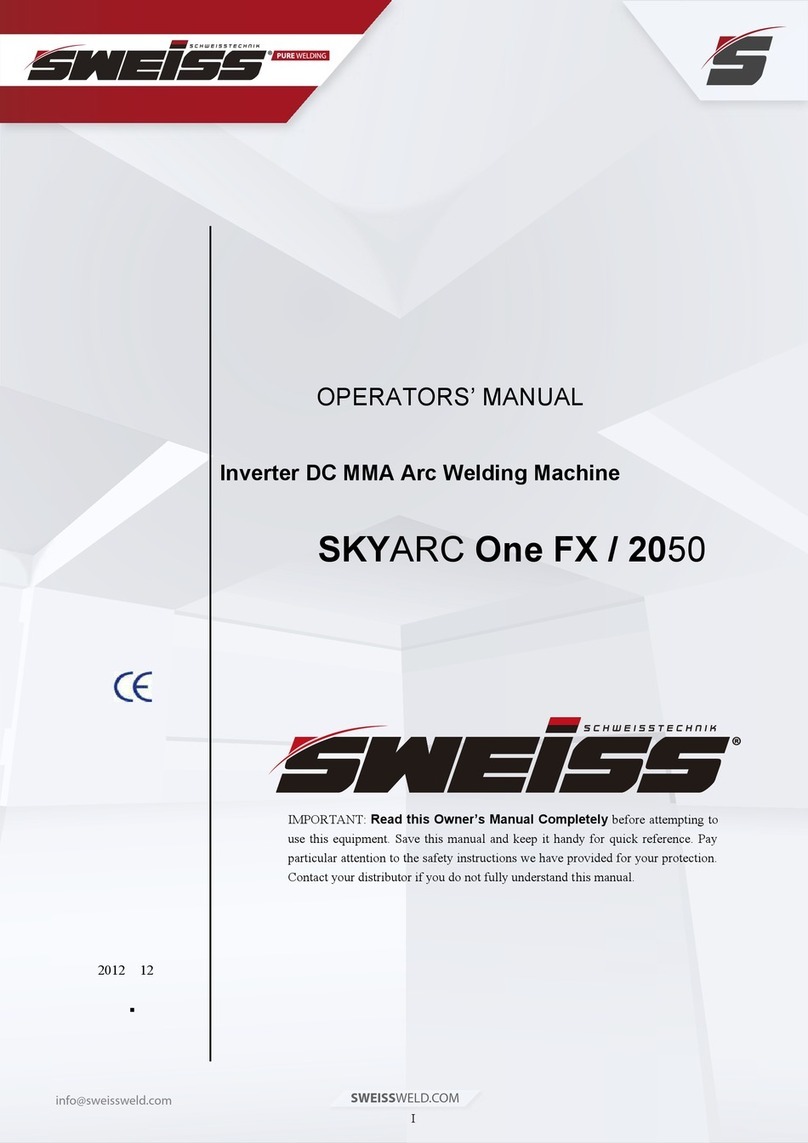INTRODUCTION
II
CONTENT
1 SAFETY......................................................................................................................................... 1
§1.1
S
IGNAL
E
XPLANATION
.....................................................................................................................................................1
§1.2
A
RC
W
ELDING
D
AMAGE
.................................................................................................................................................1
§1.3
T
HE KNOWLEDGE OF
E
LECTRIC AND
M
AGNETIC
F
IELDS
...............................................................................................4
2 SUMMARY.................................................................................................................................... 6
§2.1
B
RIEF
I
NTRODUCTION
.....................................................................................................................................................6
§2.2
W
ORKING
P
RINCIPLE
.......................................................................................................................................................
§2.3
V
OLT
-A
MPERE
C
HARACTERISTIC
....................................................................................................................................
3 INSTALLATION & ADJUSTMENT .................................................................................................. 7
3.1 PARAMETERS............................................................................................................................ 7
§3.2
D
UTY CYCLE
&
O
VER HEAT
.............................................................................................................................................8
§3.3
W
ELDING POLARITY CONNECTION WAY
.........................................................................................................................9
§3.3.1 MMA ............................................................................................................................................................. 9
§3.3.2 TIG ............................................................................................................................................................... 10
4 OPERATION CONTROL AND CONNECTORS .............................................................................. 11
§4.1
L
AYOUT FOR FRONT
&
REAR PANEL
............................................................................................................................. 11
§4.2
W
ELDING CURRENT ADJUSTMENT
............................................................................................................................... 13
§4.3
W
ELDING OPERATION
.................................................................................................................................................. 13
§4.3.1 Striking arc way ........................................................................................................................................ 13
§4.3.2 Manipulation of electro e ..................................................................................................................... 14
§4.4
W
ELDING PARAMETERS
................................................................................................................................................ 14
§4.4.1 Joint form in MMA ................................................................................................................................... 14
§4.4.2 Electro e selection ................................................................................................................................... 14
§4.5
A
RC
W
ELDING
D
EFECT AND
P
REVENT
M
ETHOD
....................................................................................................... 15
§4.6
O
PERATION
E
NVIRONMENT
......................................................................................................................................... 16
§4.
O
PERATION
N
OTICES
................................................................................................................................................ 16
5 MAINTENANCE & TROUBLESHOOTING .................................................................................... 16
§5.1
M
AINTENANCE
............................................................................................................................................................. 16
§5.2
T
ROUBLESHOOTING
...................................................................................................................................................... 1
§5.3
E
LECTRICAL PRINCIPLE DRAWING
................................................................................................................................ 20

